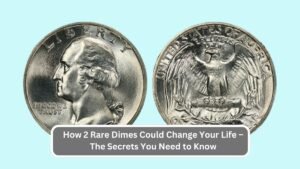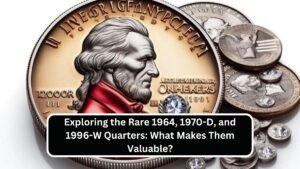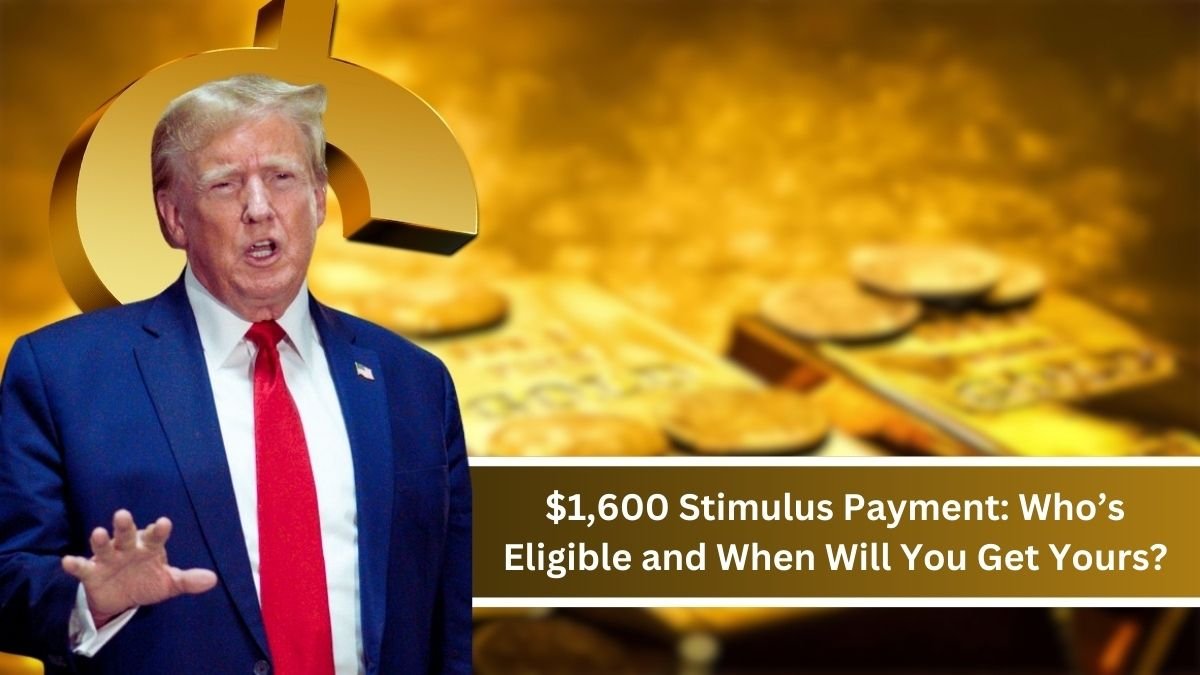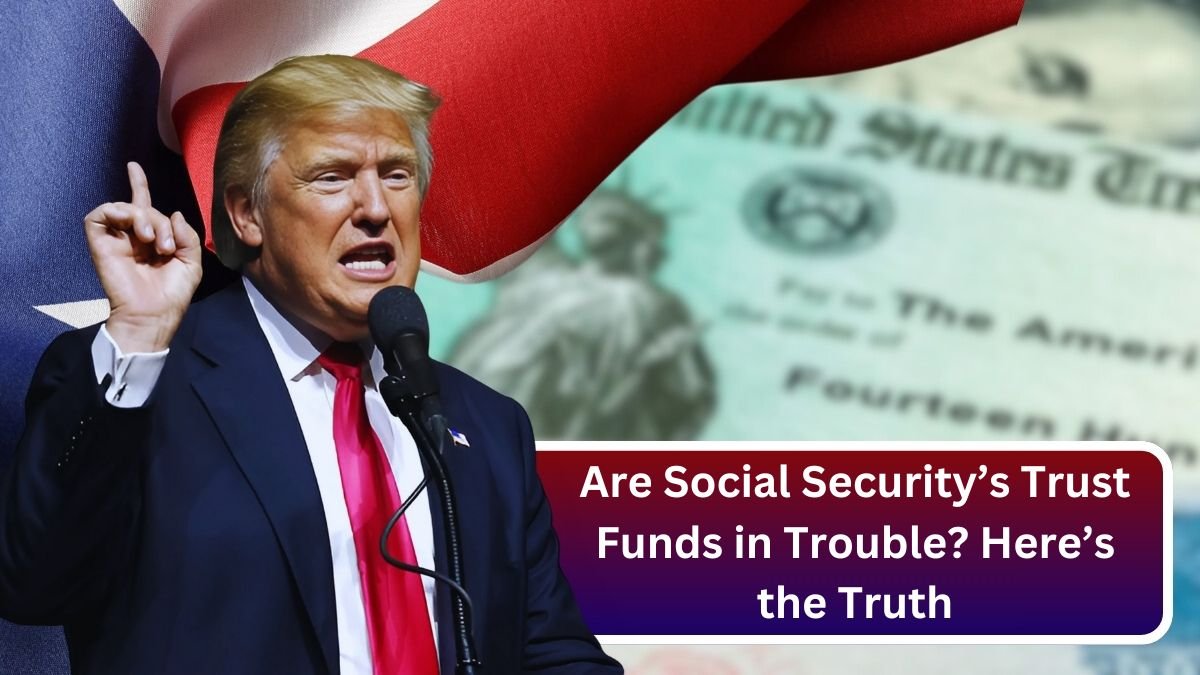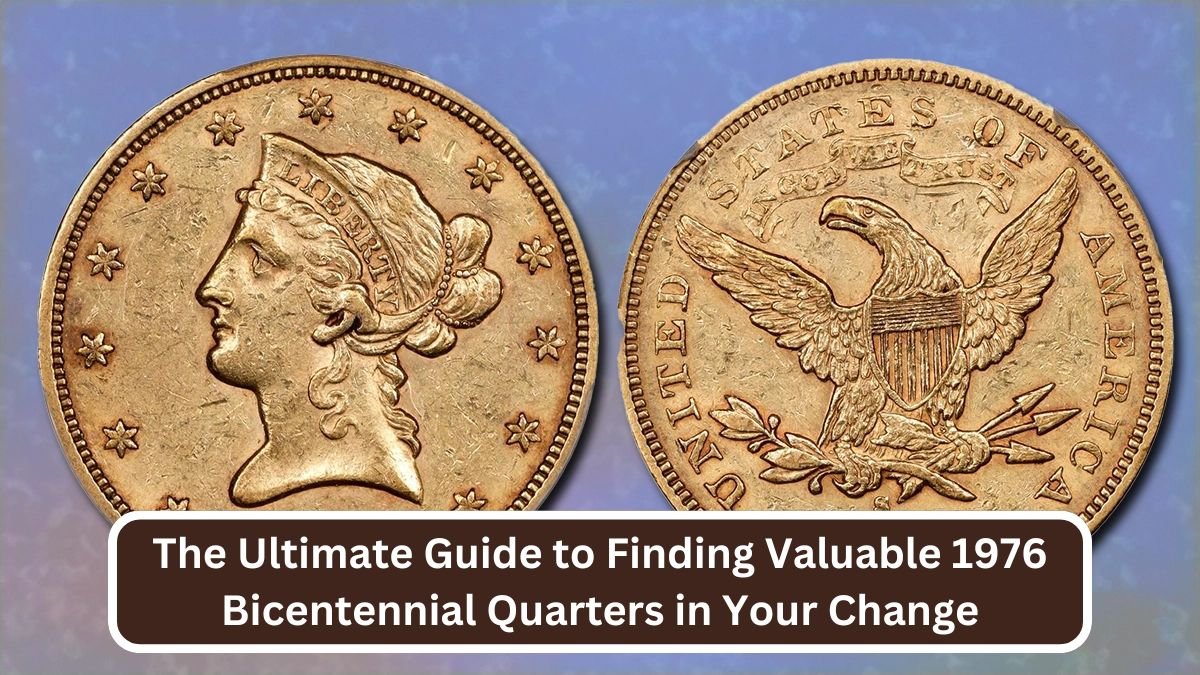Coins can hold incredible value, not just for their monetary worth but also for rare errors that make them unique. A single quarter became the focus of attention when a small mistake turned it into a collector’s dream, eventually selling for $425,000. Here’s the story behind this extraordinary coin and how such errors can create treasure in your pocket.
What Made This Quarter So Valuable?

This specific quarter, called the 1970-S Washington Quarter, stood out because of a mistake during its creation. It was minted on a 1941 Canadian quarter planchet (the metal disc used to make coins). This error created a coin with unique dimensions and weight, catching the attention of numismatists (coin collectors).
Such minting mistakes are incredibly rare, which is why this quarter became so valuable. Collectors love items that are one-of-a-kind, and this coin’s story made it even more desirable.
How Are Minting Errors Made?
Minting errors can happen in different ways:
- Wrong Planchet: Using the wrong metal disc, like in this case.
- Double Strike: A coin gets stamped more than once, creating overlapping images.
- Off-Center Strike: The coin is not properly aligned during the stamping process.
- Clipped Planchet: The metal disc has missing pieces before it’s stamped.
While these mistakes seem minor, they make coins unique, and uniqueness drives value.
| Topic | Detail |
|---|---|
| What is the $425,000 quarter? | A 1970-S Washington Quarter struck on a 1941 Canadian quarter planchet, making it unique. |
| What is a minting error? | A mistake during the coin-making process, such as wrong planchets or double strikes. |
| Why is it valuable? | Its rarity, historical significance, and excellent condition drove its value to $425,000. |
| How was it discovered? | Coin experts identified its unusual planchet and authenticated its rarity. |
| How was it sold? | The coin was sold at a professional auction, where competitive bidding increased its price. |
| Examples of minting errors | Famous errors include the 1955 Double Die Penny and the 2004 Wisconsin Quarter. |
| What is a planchet? | A blank metal disc used to create coins; using the wrong planchet causes unique errors. |
| How to identify rare coins? | Look for odd features, unique mint marks, or seek expert evaluation. |
| Can I sell rare coins? | Yes, through auctions, online platforms, or coin dealers, but ensure authentication first. |
| Why do collectors value errors? | Minting errors are rare and unique, making them desirable for investment and history. |
How Did the Coin Sell for $425,000?

The coin was sold at an auction, where collectors and investors bid for rare items. Its unique origin story, combined with its excellent condition, helped it achieve a high price. The coin’s history of being minted on an old Canadian quarter made it even more fascinating for buyers.
Online platforms and professional auction houses are common places where such rare coins are sold. In this case, the auction house verified its authenticity and publicized its rarity to attract competitive bids.
Could You Have a Rare Coin?
If you’re wondering if you might have a valuable coin, here’s how you can find out:
- Examine Your Coins: Look for anything unusual, like double strikes, off-center images, or odd dimensions.
- Use Online Resources: Websites and apps help identify rare coins and estimate their value.
- Get an Expert Opinion: Coin dealers or grading services can evaluate your coin’s rarity and condition.
Sometimes, even coins that look normal could have hidden value due to their date or mint mark.
FAQs
What is the $425,000 quarter?
The $425,000 quarter is a 1970-S Washington Quarter that became highly valuable due to a rare minting error. It was mistakenly struck on a 1941 Canadian quarter planchet, making it unique and desirable among collectors.
What is a minting error?
A minting error happens when a coin is produced with a mistake during the minting process. Examples include wrong planchets, off-center strikes, double strikes, or clipped planchets. These errors make coins unique and often increase their value.
Why did the 1970-S quarter sell for so much?
The quarter sold for $425,000 because of its rarity and historical significance. Minting errors like this one are extremely uncommon, and its excellent condition further added to its appeal among collectors and investors.
How can I tell if I have a rare coin?
To check if you have a rare coin:
Look for unusual features like double strikes or off-center images.
Pay attention to unique mint marks and production years.
Get your coin examined by an expert or certified grading service.
Where was the $425,000 quarter sold?
The coin was sold at a professional auction house, where rare items are authenticated and showcased to collectors. Auctions often attract competitive bidding, which helped this coin fetch a high price.
This story of a simple coin mistake turning a quarter into $425,000 shows how fascinating numismatics can be. Collectors and history enthusiasts often seek rare coins, which can hold great sentimental and financial value. So, the next time you find an old or odd-looking coin, take a closer look—it might just be worth a fortune!


